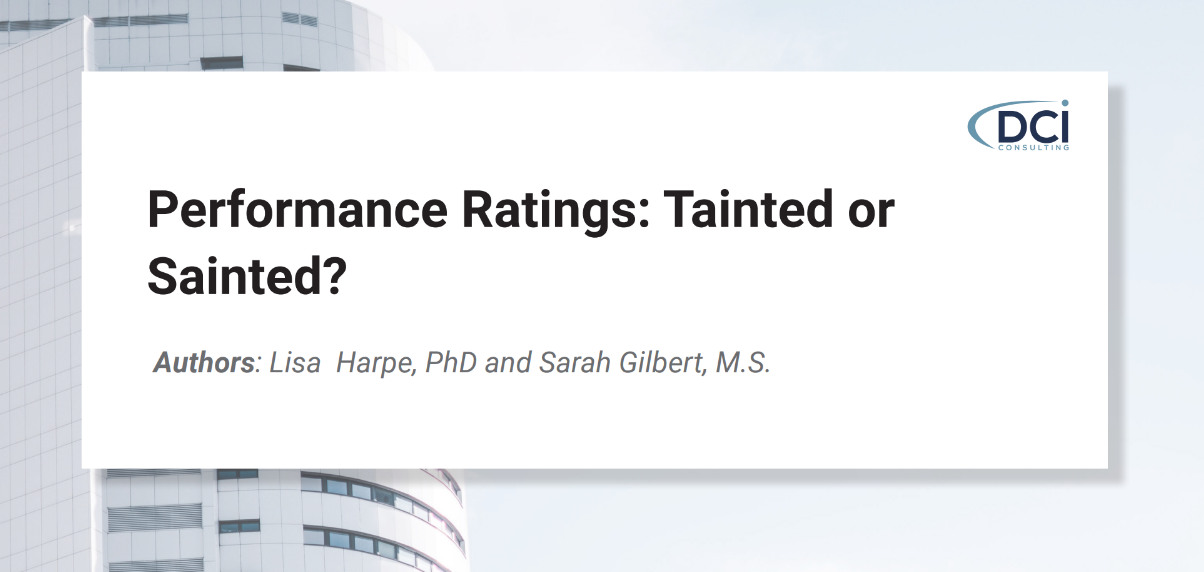
Organizations want to recruit, hire and retain the best performers. Many companies use a performance management system to identify high performing employees that they want to retain through rewards such as merit increases, bonuses, or promotions, and to identify low performing employees to target for improvement or separation.
The inherent association between performance ratings (e.g. performance ratings, objective metrics) and employment outcomes (e.g., merit pay or termination) often puts the performance management system under legal scrutiny. Whereas an evaluation of performance alone is not an employment decision, performance ratings that influence employment decisions (like pay, promotion, or reduction-in-force) are subject to the same anti-discrimination regulations and laws as other employment practices. As such, employers may want to proactively evaluate the job-relatedness of the performance ratings and whether there are subgroup differences in performance on any of the ratings.
In particular, the societal focus on pay equity and employers’ pay practices has heightened the need for employers to consider EEO outcomes in their performance ratings systems. In the following article, we (1) provide some background on performance ratings, (2) discuss the legal environment related to performance ratings, and (3) describe proactive steps to examine performance ratings directly and indirectly in the context of evaluating pay equity.


